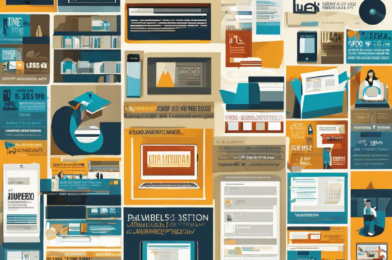Receiving a job offer is exciting, especially when it’s for a position you really want. But the process doesn’t end there – negotiating the terms of the offer is a crucial step in ensuring you start your new role on the right foot. Here’s what you need to know about effectively negotiating job offers and securing the best possible outcome for yourself.
First and foremost, understand your worth. Research the market rate for the role you’re applying for, taking into account your experience, skills, and the cost of living in the area. This will give you a baseline for salary negotiations and help you determine if the offer on the table is competitive. Websites like Glassdoor and Payscale offer valuable insights into salary ranges for specific jobs and industries.
It’s not just about the salary. Job offers encompass a range of benefits and perks that can significantly impact your overall satisfaction and work-life balance. These may include health insurance, retirement plans, vacation days, parental leave policies, flexible work arrangements, professional development opportunities, and more. Consider which of these are most important to you and be prepared to discuss and negotiate them as part of your offer.
Timing is key when it comes to negotiations. Ideally, you want to start the process as early as possible, even before the official offer is extended. This could be during the interview stage, when you have a better sense of the company’s interest in you, or when they indicate that an offer is imminent. Bring up the topic early on to gather information and set expectations.
Always negotiate in good faith. This means being honest, respectful, and reasonable in your requests. Avoid making demands or issuing ultimatums, as this could sour your relationship with the potential employer. Instead, focus on advocacy – confidently communicate your value and why you believe you deserve certain terms. Provide solid reasons for your requests, whether it’s market data, a personal track record of success, or specific circumstances that warrant flexibility on the employer’s part.
Another important strategy is to prioritize your requests. It’s unlikely that you’ll get everything you ask for, so decide in advance which aspects of the offer are non-negotiable for you. For example, a higher salary might be your primary goal, followed by additional vacation days. This way, if the employer is unable to meet one of your requests, you can suggest alternative options that still improve the overall offer.
Negotiating job offers can be a delicate dance, but with the right approach, you can secure a better deal for yourself and start your new role feeling valued and appreciated. Remember, employers expect a level of negotiation, and by advocating for yourself, you demonstrate confidence and assertiveness – qualities that will likely benefit you in your career.
Finally, don’t forget to consider the big picture. Sometimes, a lower salary can be offset by excellent benefits or a company culture that promotes work-life balance. Weigh the overall appeal of the offer and the opportunity it presents for your career trajectory. If you sense that the employer is truly doing their best, you may decide that it’s worth accepting an offer that doesn’t check every box. Negotiating job offers is as much about gathering information as it is about securing your ideal terms, so ask questions, listen carefully, and make an informed decision that feels right for you.






